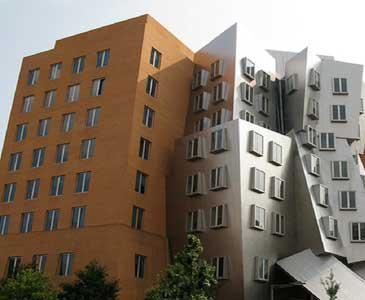Ilya Razenshteyn: Sketching and Embedding are Equivalent for Norms
Imagine the following communication task. Alice and Bob each have a point from a metric space. They want to transmit a few bits and decide, whether their points are close to each other or are far apart. Of particular interest are sketching protocols: Alice and Bob both compute short summaries of their inputs and then a referee, given these summaries, makes the decision; sketches are very useful for the nearest neighbor search, streaming, randomized linear algebra etc. Indyk (FOCS 2000) showed that for the l_p spaces with 0 < p <= 2 the above problem allows a very efficient sketching protocol. Consequently, any metric that can be mapped into the l_p space with all the distances being approximately preserved has a good protocol as well.
I will show that for normed spaces (a very important class of metric spaces) embedding into l_p is the only possible technique for solving the communication problem. Slightly more formally, we show that any normed space that admits a good communication (in particular, sketching) protocol for distinguishing close and far pairs of points embeds well into l_p with p being close to 1. The proof uses tools from communication complexity and functional analysis.
As a corollary, we will show communication lower bounds for the planar Earth Mover's Distance (minimum-cost matching metric) and for the trace norm (the sum of the singular values of a matrix) by deriving them from the (known) non-embeddability theorems and (the contrapositive of) our result.

